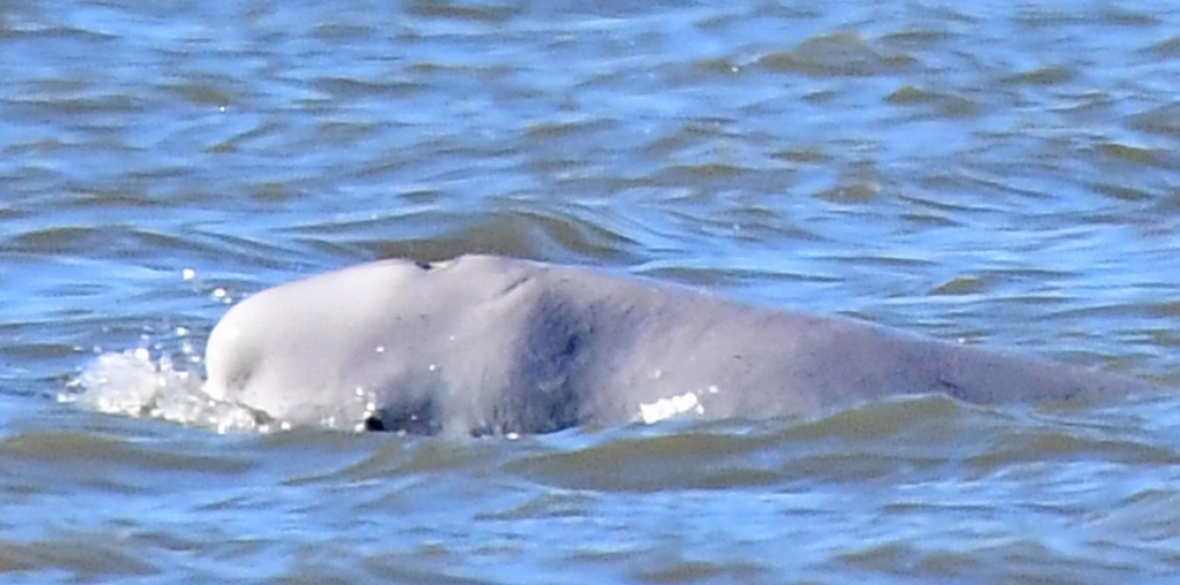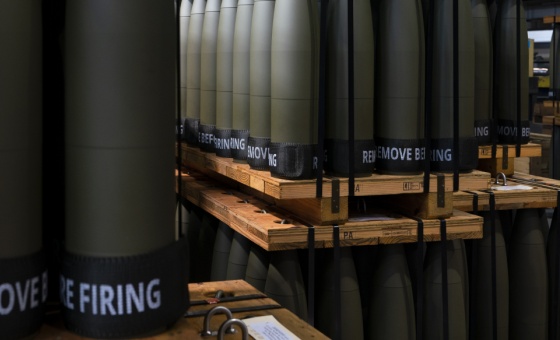This is the last article you can read this month
You can read more article this month
You can read more articles this month
Sorry your limit is up for this month
Reset on:
Please help support the Morning Star by subscribing here
SEVENTY years ago in June 1948 at Tilbury the steamship Empire Windrush landed some 500 hopeful settlers from Kingston, Jamaica.
This week Tilbury, now one of London’s busiest docks, welcomed yet another exotic visitor.
A large white whale, an Arctic beluga, was seen feeding around barges on the Thames between Gravesend and Tilbury. After the whale was spotted by an early morning bird watcher, experts soon decided that the white body, absence of dorsal fin and bulbous forehead indicated that it was a beluga whale (Delphinapterus leucas).
These sea mammals, which can grow up to 5.5m (18ft) long and weigh up to 1,600kg (3,530lb), normally live in Arctic and sub-Arctic waters, so this beluga was a long way from home, which is usually the waters around Russia, Alaska, Canada, west Greenland and Svalbard.
In these Arctic waters the whales live in estuaries, on continental shelves, as well as in deep open water. They do sometimes swim up rivers in shallow waters, but they tend to stay in social groups.
That huge domed forehead has two main purposes — one brain, one brawn. It houses a sophisticated echo navigation system to find a way though the ice and, if the animal is trapped under sheet ice, it uses its head as a battering ram to open a breathing hole.
This whale was obviously way off course and experts wondered if it was in ill health or distressed. There have only been around 20 sightings of beluga whales off the UK coast previously, but these have occurred off Northumberland, Northern Ireland and Scotland.
There has never been a beluga sighting in the Thames before.
This isn’t the first whale to visit London’s river, however. Ten years ago a six-metre-long female northern bottlenose whale (Hyperoodon ampullatus) swam into the river Thames and drew thousands to watch the dramatic rescue attempt. She too had ventured a long way from home in the deep waters of the north Atlantic. Tragically that Thames visitor died.
Initial excitement at the beluga sighting turned to worry and concern that the animal appeared unable to find its way back out to sea. Instead it headed upriver towards the capital but was reported to be swimming and eating well.
Whales aren’t adapted to life in fresh water so healthy whales normally stay in our rivers for a short period of time before returning to the sea.
They eat about 100 different kinds of primarily bottom-dwelling animals including octopus, squid, crabs, snails, sandworms and fishes such as capelin, cod, herring, smelt and flounder, swallowing the fish whole.
Only a few of these foods will be found in the Thames around Tilbury and the beluga will need between 40 and 60 pounds (18-27kg) of fish a day.
River authorities and conservationists have asked people not to approach the whale in small boats or by swimming. Most took the advice, but some large ships found it hard to avoid the animal.
The last British beluga sightings were off the Northumberland and Northern Irish coasts in 2015, and the mammals are usually only spotted in the North Sea off Scotland or the Northern Isles.
Whales in the Thames are rare. In 1456 William Caxton sighted a “grete fish” very near where this year’s beluga was first seen; in 1788, 17 sperm whales came ashore on the lower reaches; 1791 saw sailors from Greenwich chasing and killing a killer whale at Deptford; a 58-foot fin whale was dragged ashore at Gravesend in 1849.
Belugas are one of only four species of mammal that experience the menopause. Three are whales and the fourth humans.
Belugas in Canada’s Saint Lawrence River are so contaminated by hydrocarbons from aluminium smelting plants that they suffer more cancer than any other wild animal. Dead whales’ bodies there must be disposed of as toxic waste.
Belugas are a distinctive species, with flexible necks, a huge forehead, no dorsal fin and, unlike most cetaceans, they can also swim backwards. They are highly social species, living in pods of between two and 25, and communicating with high-frequency sounds.
They have even been known to mimic human language. They sometimes sing so sweetly that whaling crews once called them canaries of the sea.
While we worry about the fate of a single whale in the Thames, the Icelandic government and the Left-Green Prime Minister Katrin Jakobsdottir are considering legislation to stop the mass slaughter of whales being carried out every year by the Icelandic whaling company Hvalur hf, led and kept alive by the company’s owner and boss Kristjan Loftsson.
Nobody knows why he carries on. Hardly any Icelanders eat whale meat any more. Consumption seems to be almost entirely by curious holidaymakers visiting Iceland. Much of the other whale meat is sold to Japan at a loss.
An arrogant Loftsson seems to enjoy the angry reactions to his bloody slaughter. As I reported earlier this summer, his ships illegally killed a fully protected blue whale.
By the time experts got around to testing the DNA of the whale, Loftsson’s staff had mixed the meat of the blue whale with that of previously slaughtered fin whales. The whale was then declared a rare fin-blue hybrid — legal to kill.
In 2015, Iceland’s business newspaper Vidskiptabladid dug into the financial records for Hvalur hf.
While the company reported a profit of three billion Icelandic kroner (ISK), up about half a billion from the year previous, a closer look told a different story.
The paper found that, when operational costs such as maintaining ships, running the whaling centre and export costs were deducted from the company’s revenue from whale meat, the difference amounted to a loss of 72.5 million ISK.
It seems that the majority of Hvalur hf’s profits came from shares in the company Vogun hf, the largest shareholder of the fishing company HB Grandi. Vogun is 99.8 per cent owned by Hvalur hf. So profitable fishing actually pays for the loss-making whaling.
An international online Avaaz petition demanding the Hvalur hf company specifically, and Iceland in general, stop whaling has almost reached a million and a half signatures.
It is hard to discover just when, or indeed if, the Iceland parliament will debate the future of this bloody industry.
The Left-Green Movement and Prime Minister Katrin Jakobsdottir have both said they are against whaling but so far have not said they will take any action to stop it.
It is just as important to do all we can to save all whales as well as helping the single beluga fighting for its life in the Thames. Let’s stop the killing forever.











